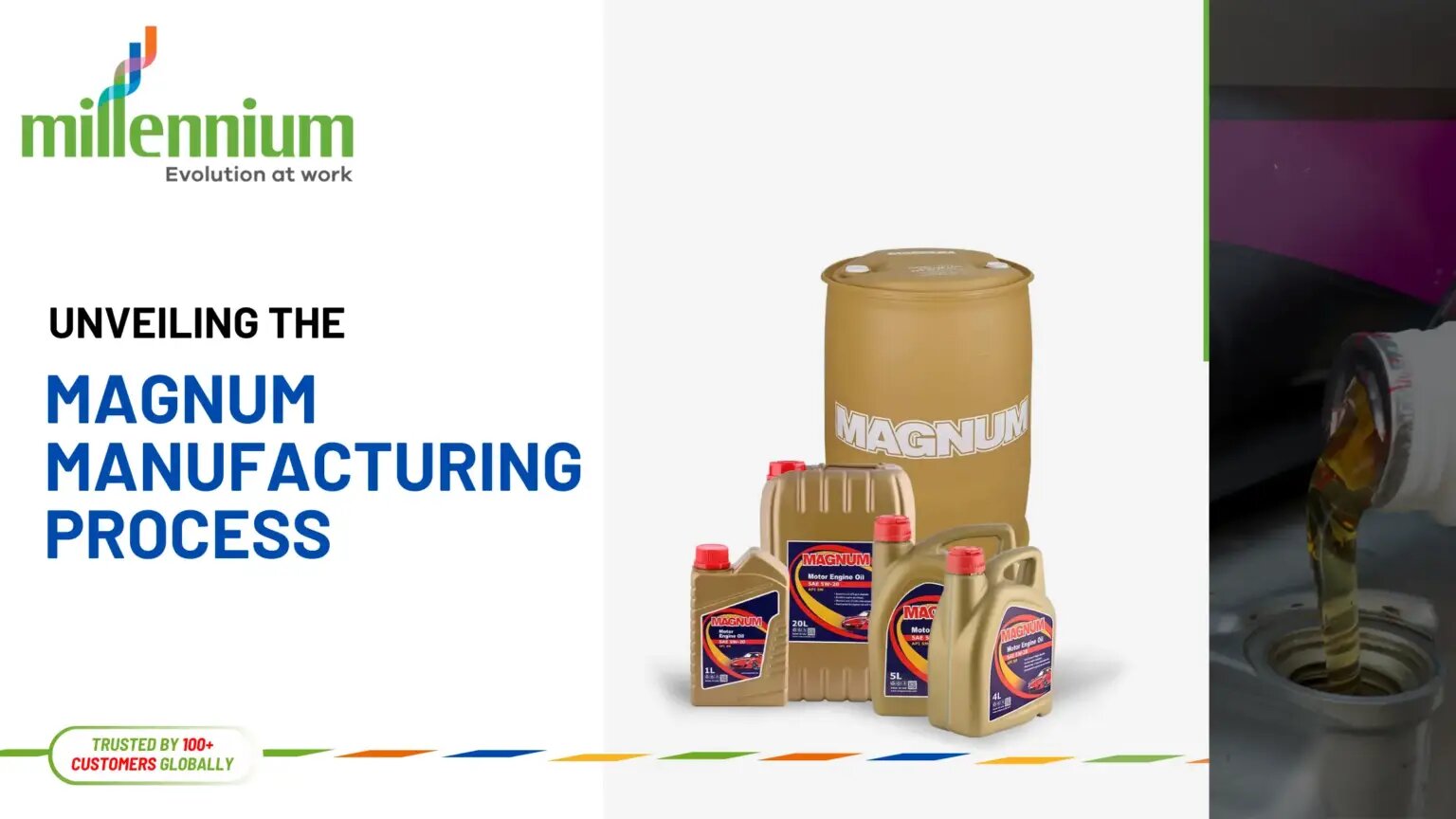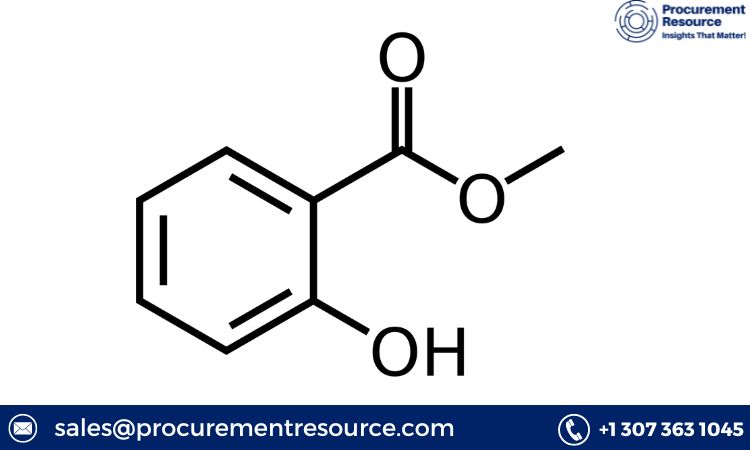The magnum manufacturing process, renowned for producing premium ice cream bars, is a meticulously orchestrated sequence of steps combining artistry and science. The journey begins with the selection of high-quality ingredients, including fresh cream, sugar, and natural vanilla. These are blended to create a rich, smooth ice cream base, which is then pasteurized to eliminate any harmful bacteria. The pasteurization process involves heating the mixture to a specific temperature and then rapidly cooling it to maintain the ice cream’s creamy texture and prevent crystallization.
Once the base is prepared, it undergoes a process known as homogenization. This step ensures the even distribution of fat molecules, resulting in a consistently smooth texture. The homogenized mixture is then aged in refrigerated tanks for several hours, allowing the flavors to mature and the fat globules to stabilize, enhancing the final product’s quality.
Following aging, the ice cream mixture is frozen in specialized freezers that incorporate air into the mix, giving the ice cream its light and airy consistency. The partially frozen ice cream is then extruded into molds, shaped into the signature Magnum bar form. These molds are quickly cooled to solidify the ice cream, ensuring it maintains its shape during the subsequent steps.
The next crucial phase involves the enrobing process, where the frozen ice cream bars are coated with a layer of high-quality Belgian chocolate. This is achieved by dipping the bars into a vat of melted chocolate, which hardens almost instantaneously upon contact with the cold ice cream, forming a crisp, glossy shell. The chocolate coating not only adds a delightful crunch but also serves as a protective layer, preserving the ice cream’s freshness.
Magnum’s commitment to quality extends to the sourcing of their chocolate, which is sustainably obtained from Rainforest Alliance Certified farms. This ethical sourcing ensures that the chocolate is produced in an environmentally friendly manner, supporting both sustainable agriculture and the livelihoods of cocoa farmers.
The enrobed ice cream bars then undergo a final quality control check. This involves rigorous inspection to ensure that each bar meets Magnum’s high standards for texture, appearance, and taste. Any bar that does not meet these standards is discarded, ensuring that only the best products reach the consumer.
Packaging is the final step in the Magnum manufacturing process. Each bar is carefully wrapped in foil to lock in freshness and protect it from external contaminants. The wrapped bars are then placed in branded boxes, which are sealed and labeled with essential product information, including ingredients, nutritional facts, and expiration dates.
Throughout the entire manufacturing process, strict hygiene and safety protocols are adhered to. The production facilities are regularly sanitized, and workers are trained to follow stringent hygiene practices, minimizing any risk of contamination. Additionally, Magnum’s manufacturing plants are equipped with advanced technology to monitor and control every aspect of production, from ingredient mixing to final packaging, ensuring consistency and quality in every batch.
In conclusion, the Magnum manufacturing process is a harmonious blend of traditional craftsmanship and modern technology. Each step, from ingredient selection to packaging, is meticulously executed to produce a premium ice cream bar that stands out for its rich flavor, smooth texture, and indulgent chocolate coating. Magnum’s dedication to quality, sustainability, and innovation ensures that every bite of their ice cream offers a luxurious and satisfying experience, making it a beloved treat worldwide.




